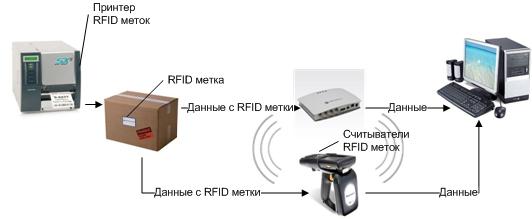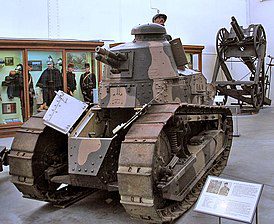
How RFID works
RFID systems are a great example of how new technologies can change the image of the market, create new products and definitely solve a number of problems that previously kept many people up at night. Radio frequency identification, that is, methods of identifying objects using radio waves, has revolutionized modern goods logistics, anti-theft systems, access control and work accounting, public transport and even libraries.
The first radio identification systems were developed for the purposes of British aviation and made it possible to distinguish enemy aircraft from allied aircraft. The commercial version of RFID systems is the result of many research works and scientific projects carried out during the decade of the 70s. They have been implemented by companies such as Raytheon and Fairchild. The first civilian devices based on RFID - door locks, opened by a special radio key, appeared about 30 years ago.
operating principle
A basic RFID system consists of two electronic circuits: a reader containing a high frequency (RF) generator, a resonant circuit with a coil that is also an antenna, and a voltmeter that indicates the voltage in the resonant circuit (detector). The second part of the system is the transponder, also known as the tag or tag (Figure 1). It contains a resonant circuit tuned to the frequency of the RF signal. in the reader and the microprocessor, which closes (extinguishes) or opens the resonant circuit with the help of switch K.
The reader and transponder antennas are placed at a distance from each other, but so that the two coils are magnetically connected to each other, in other words, the field created by the reader coil reaches and penetrates the transponder coil.
The magnetic field generated by the reader's antenna induces a high frequency voltage. in a multi-turn coil located in the transponder. It feeds the microprocessor, which, after a short time, necessary for the accumulation of a part of the energy necessary for work, begins to send information. In the cycle of consecutive bits, the resonant circuit of the tag is closed or not closed by the switch K, which leads to a temporary increase in the attenuation of the signal emitted by the reader antenna. These changes are detected by a detector system installed in the reader, and the resulting digital data stream with a volume of several tens to several hundred bits is read by a computer. In other words, data transmission from the tag to the reader is carried out by modulating the field amplitude created by the reader due to its greater or lesser attenuation, and the field amplitude modulation rhythm is associated with a digital code stored in the transponder's memory. In addition to the unique and unique identification code itself, redundant bits are added to the generated pulse train to allow erroneous transmissions to be rejected or lost bits to be recovered, thus ensuring readability.
Reading is fast, takes up to several milliseconds, and the maximum range of such an RFID system is one or two reader antenna diameters.
You will find the continuation of this article in the December issue of the magazine
Use of RFID technology
